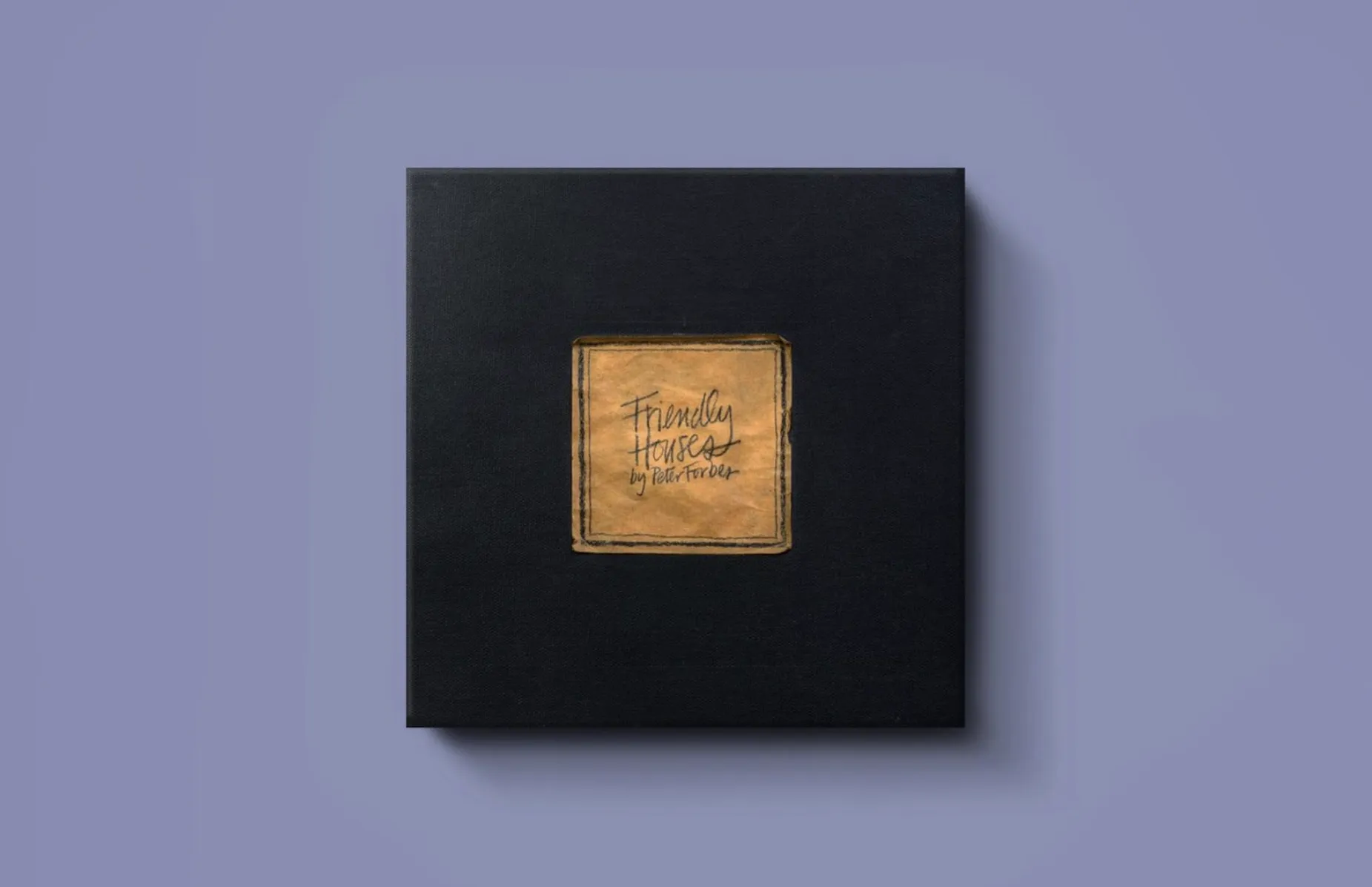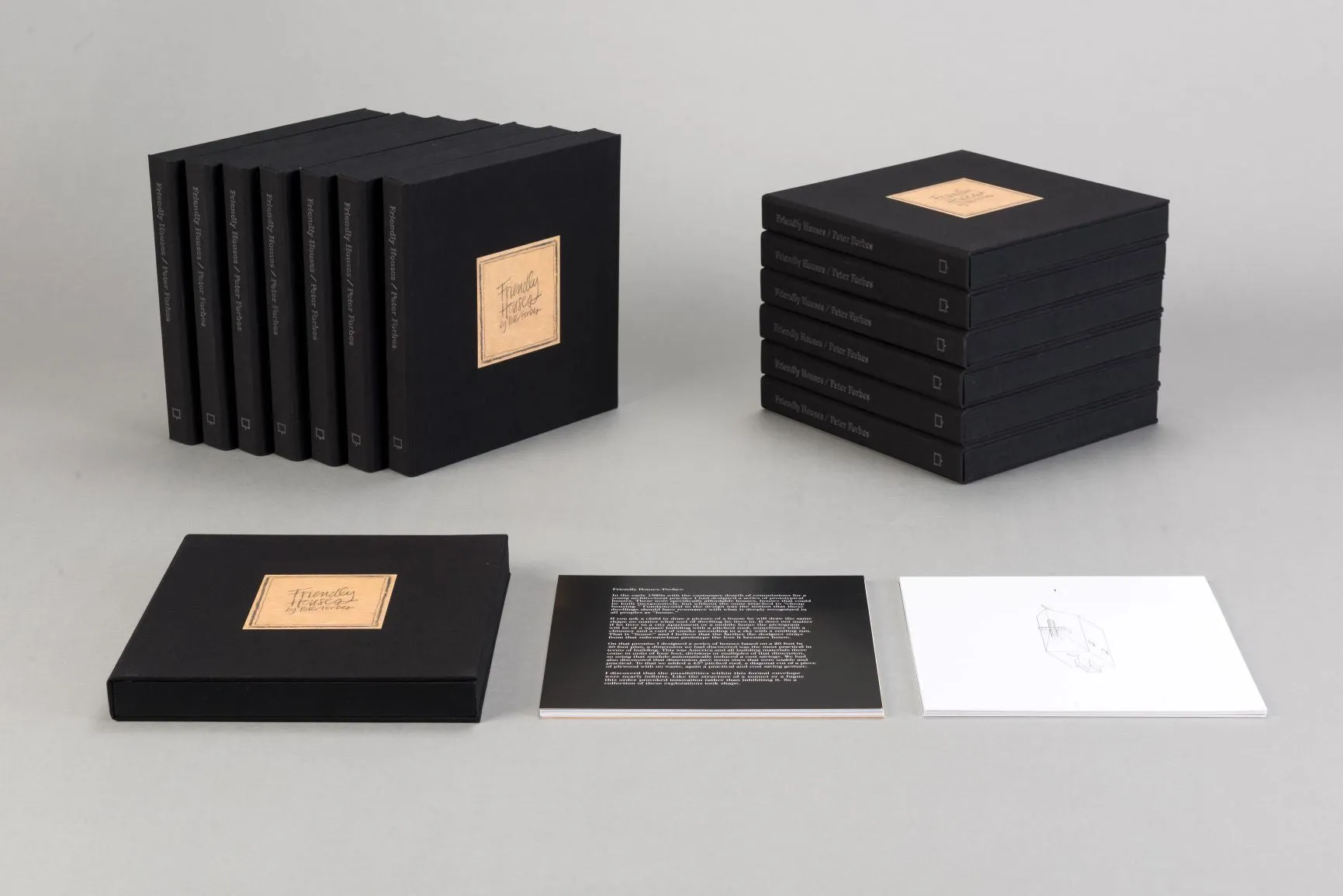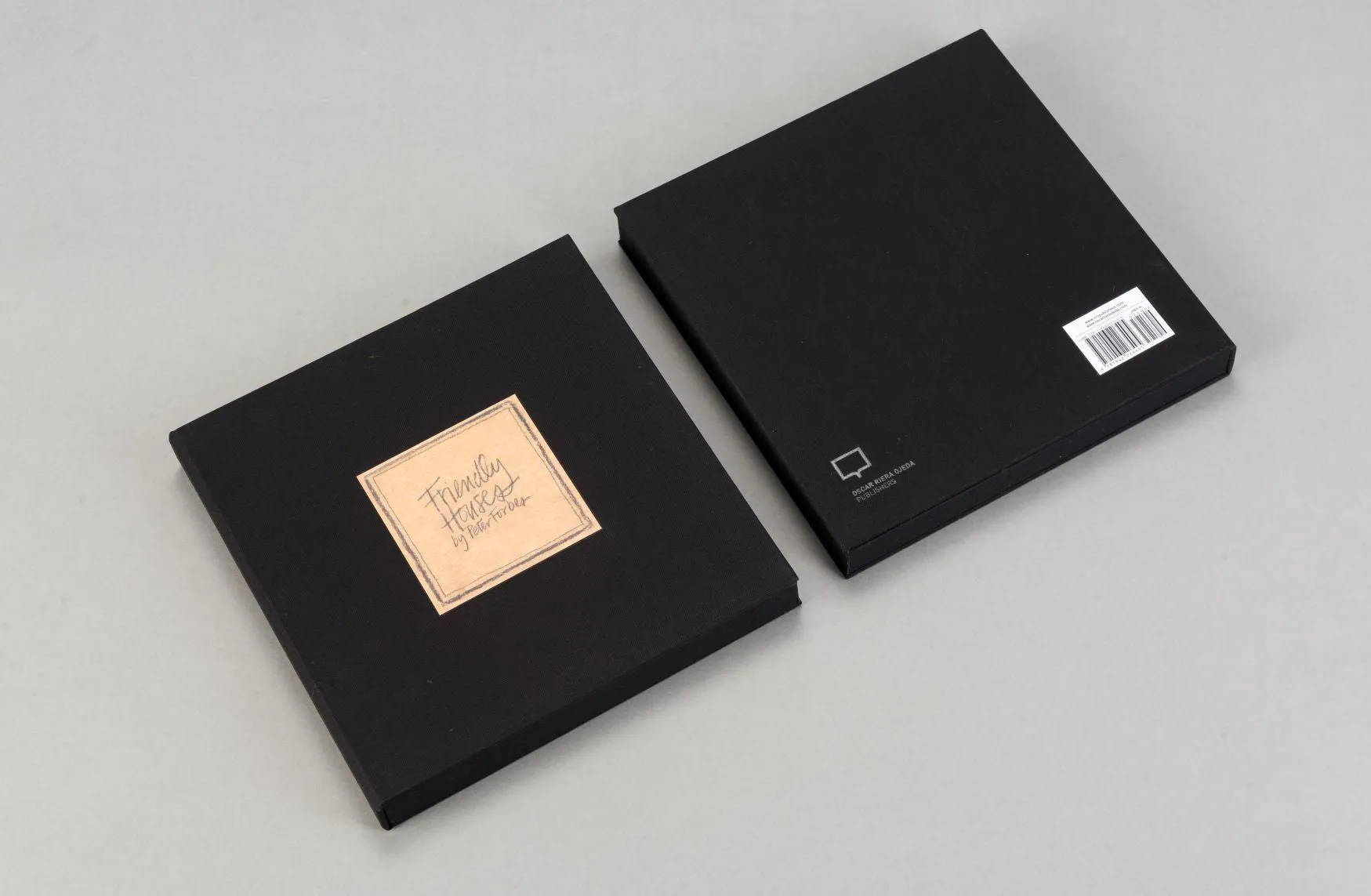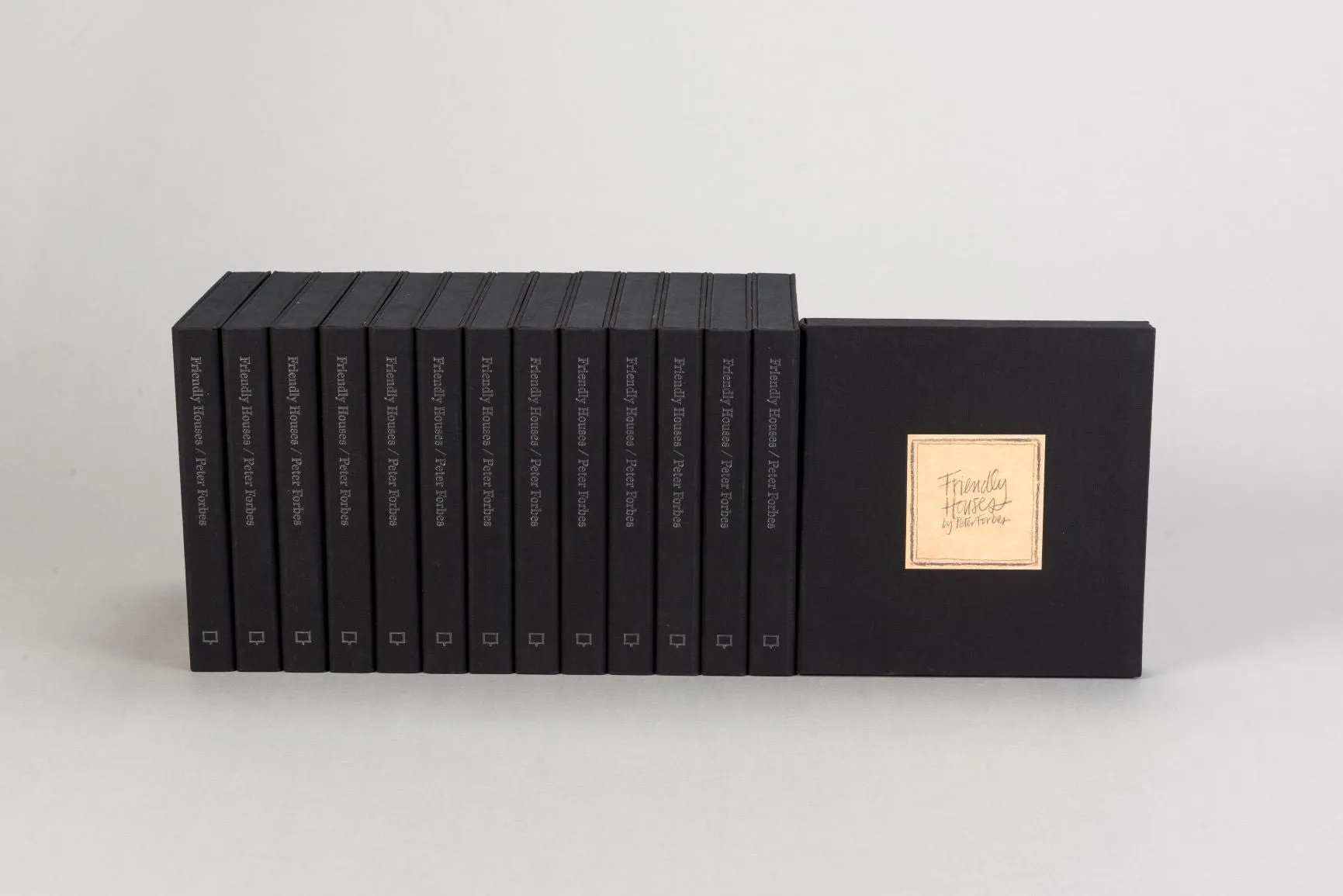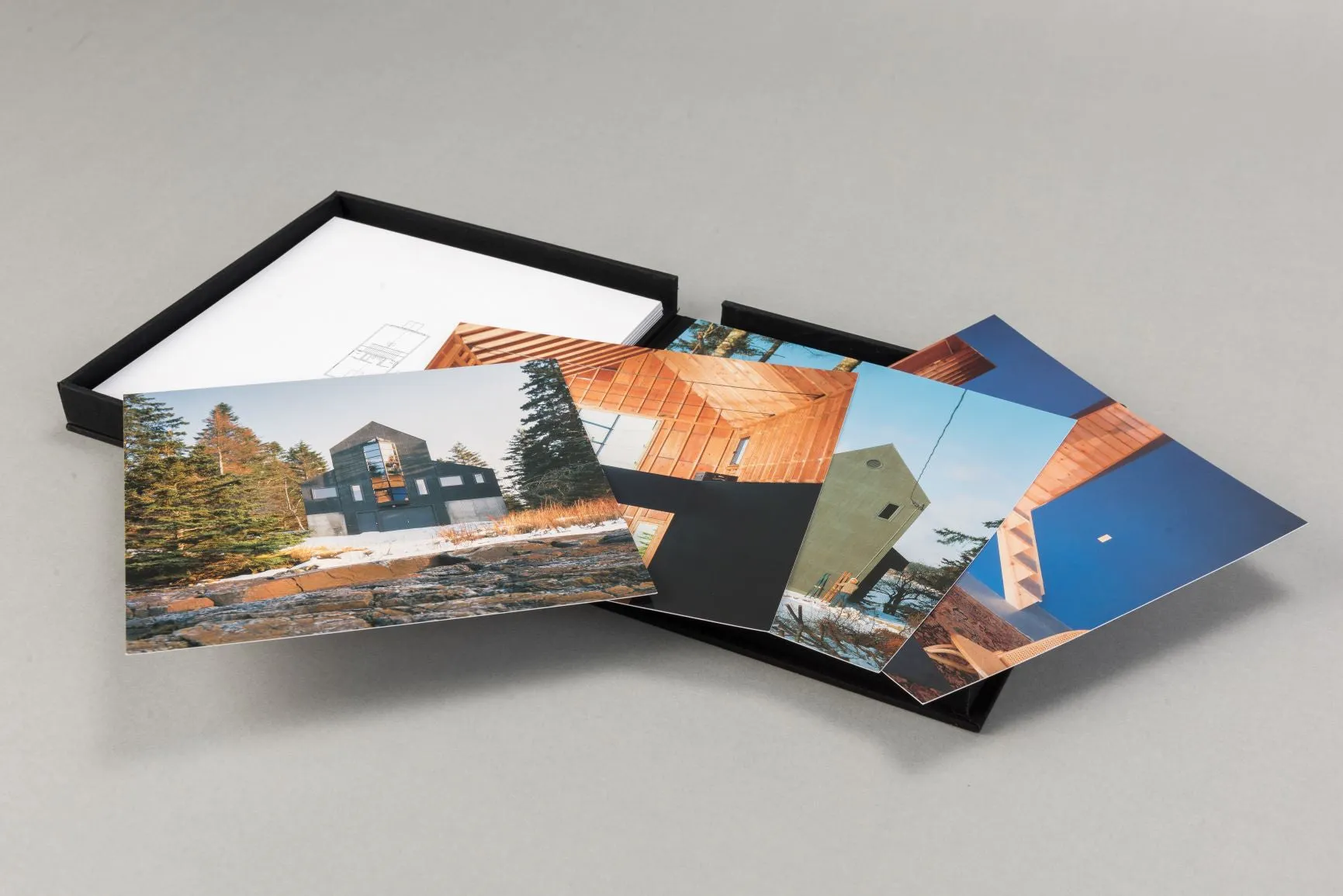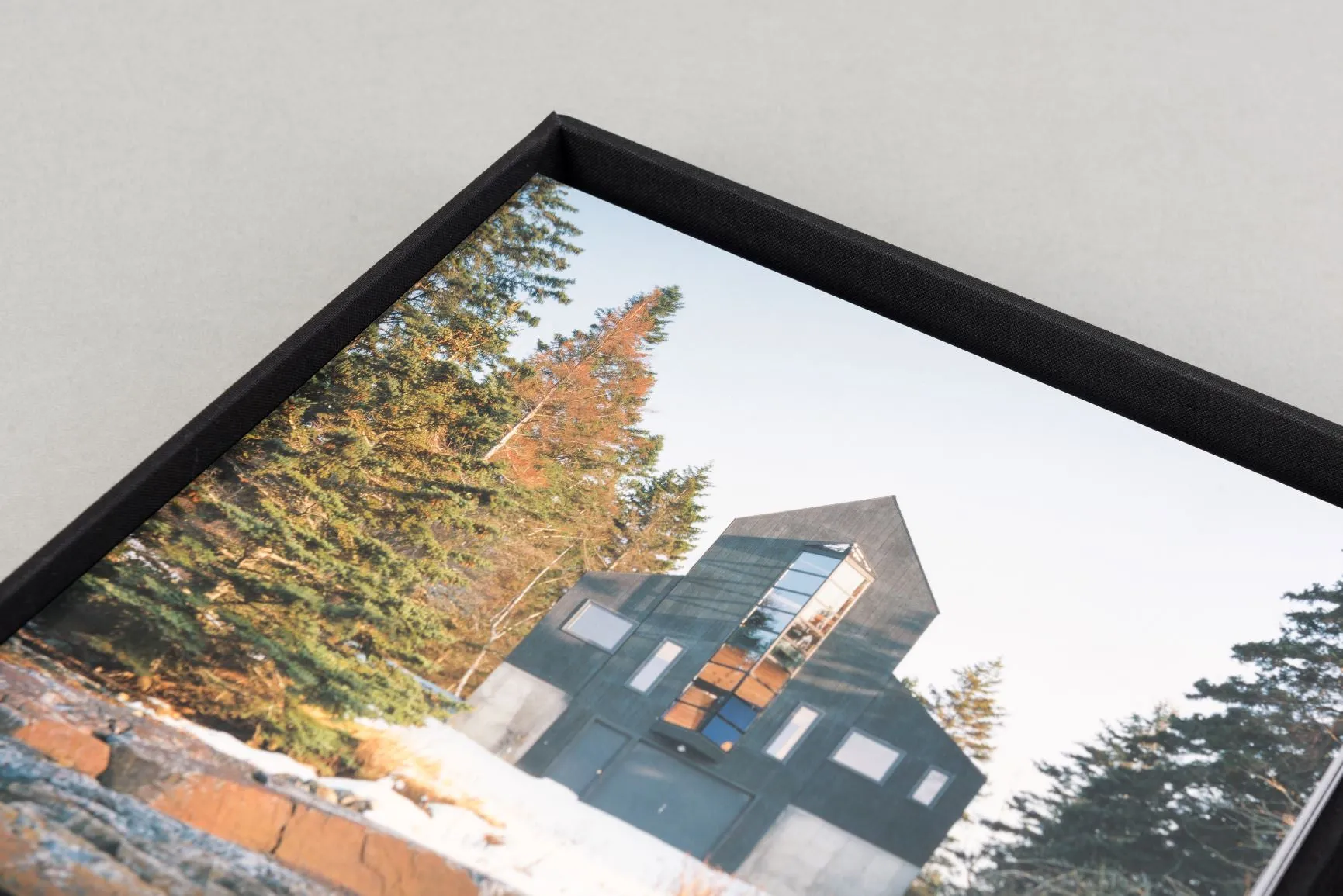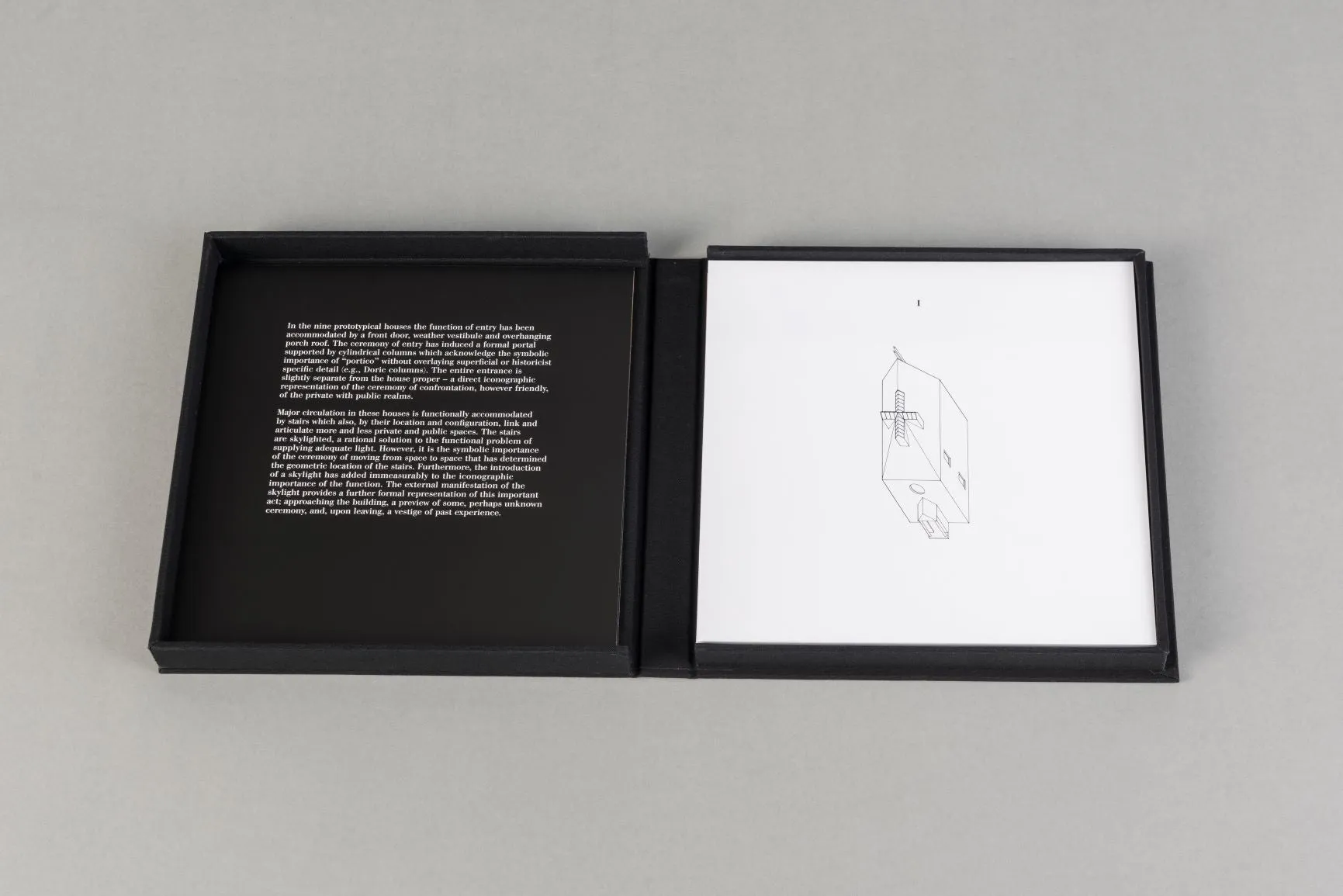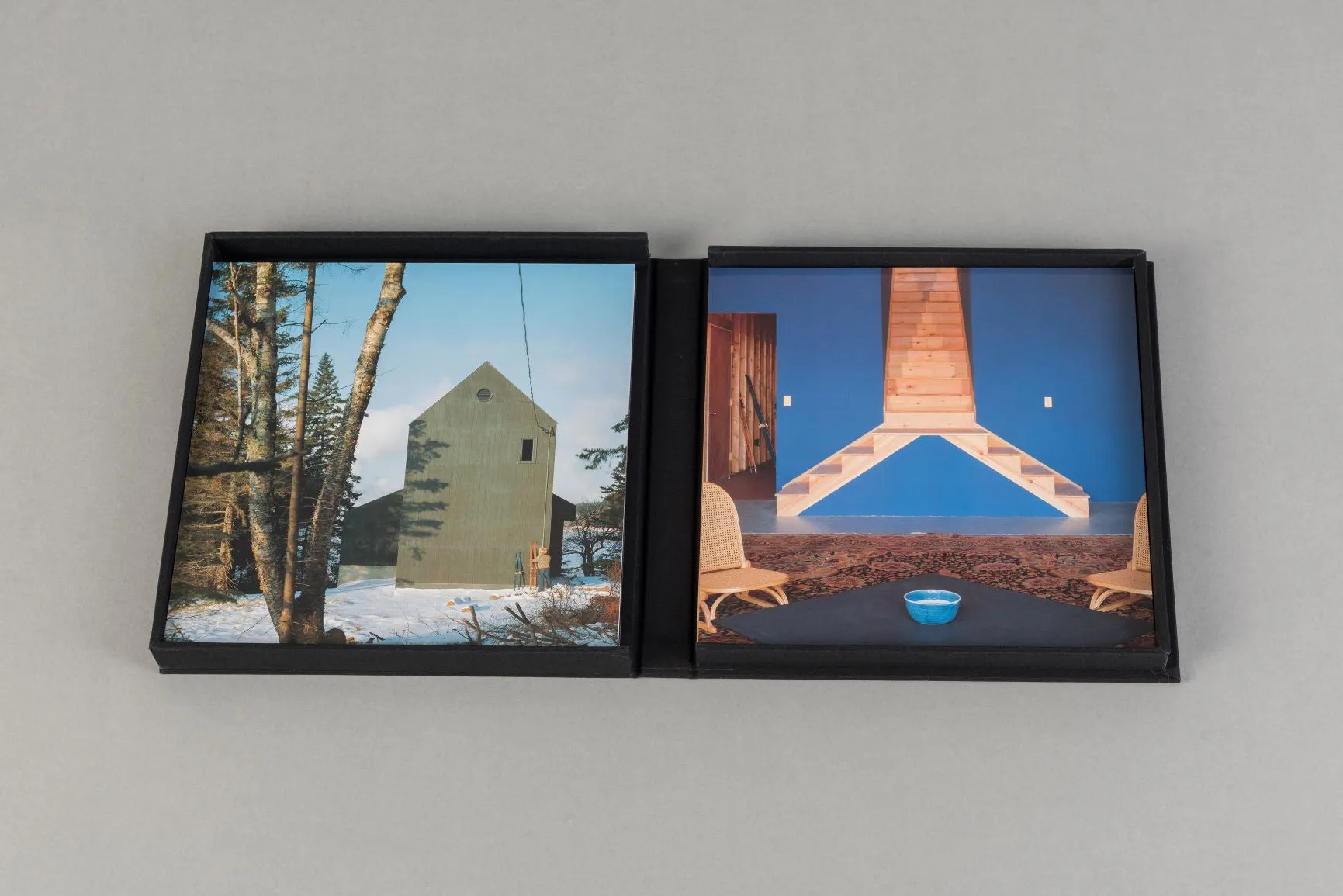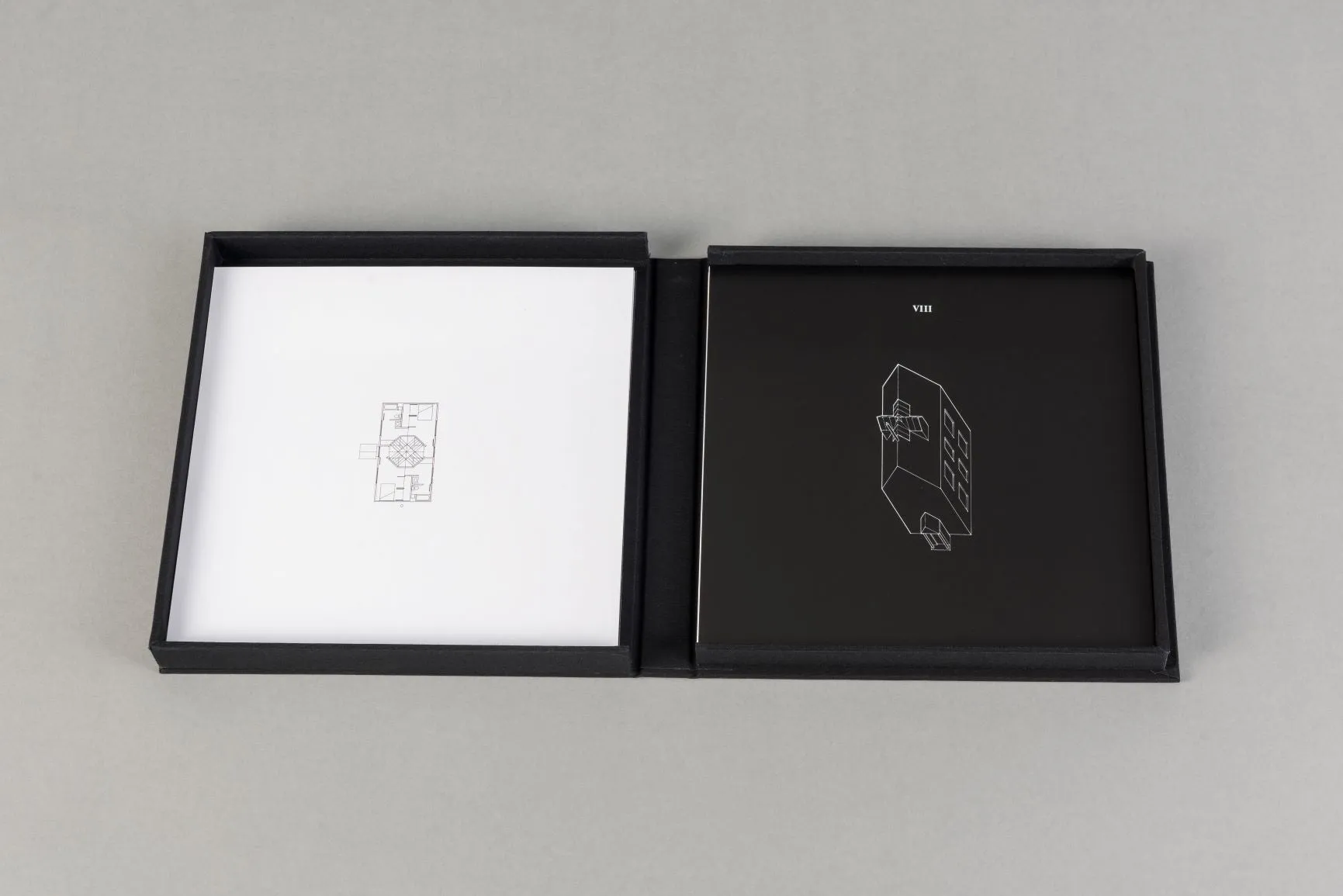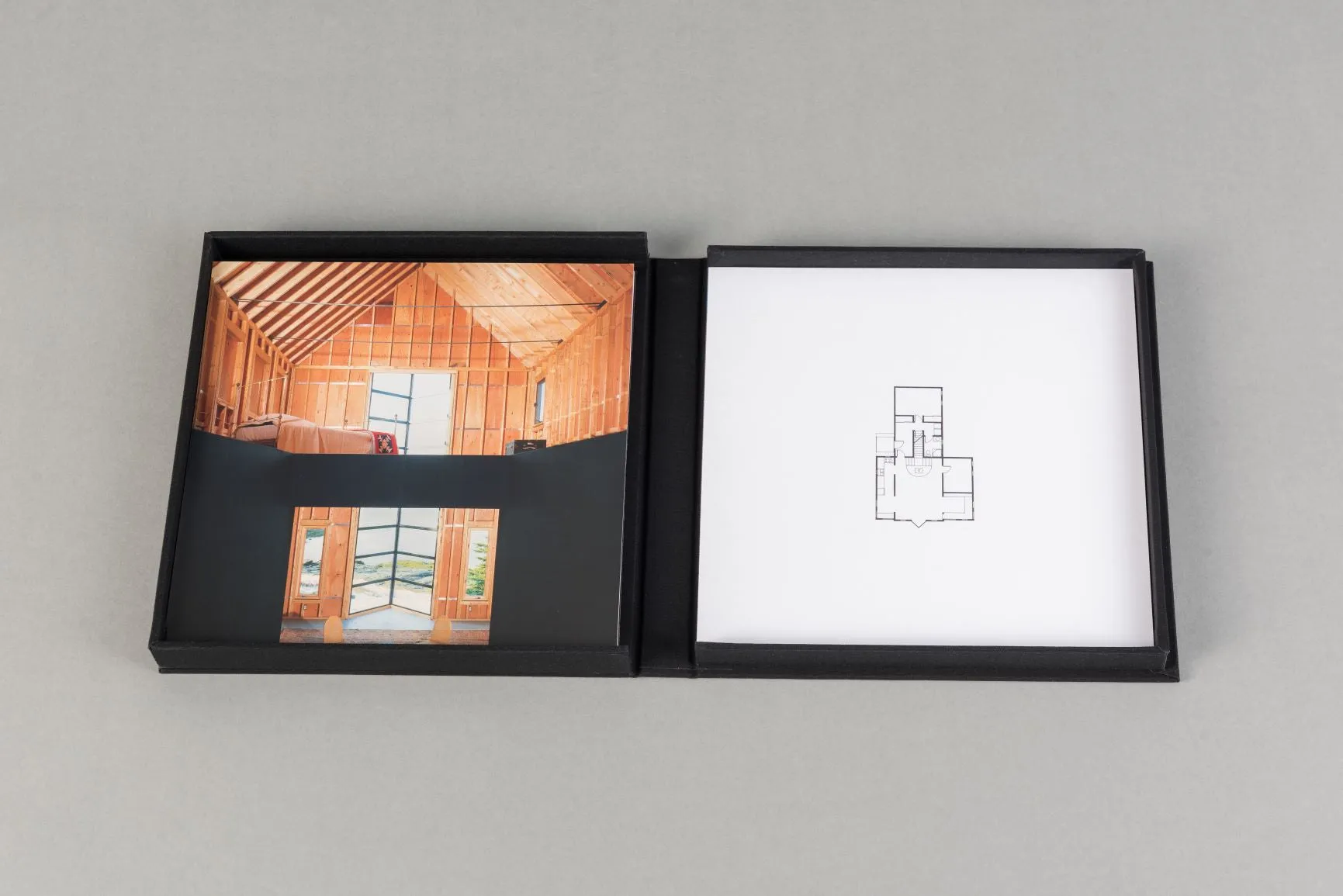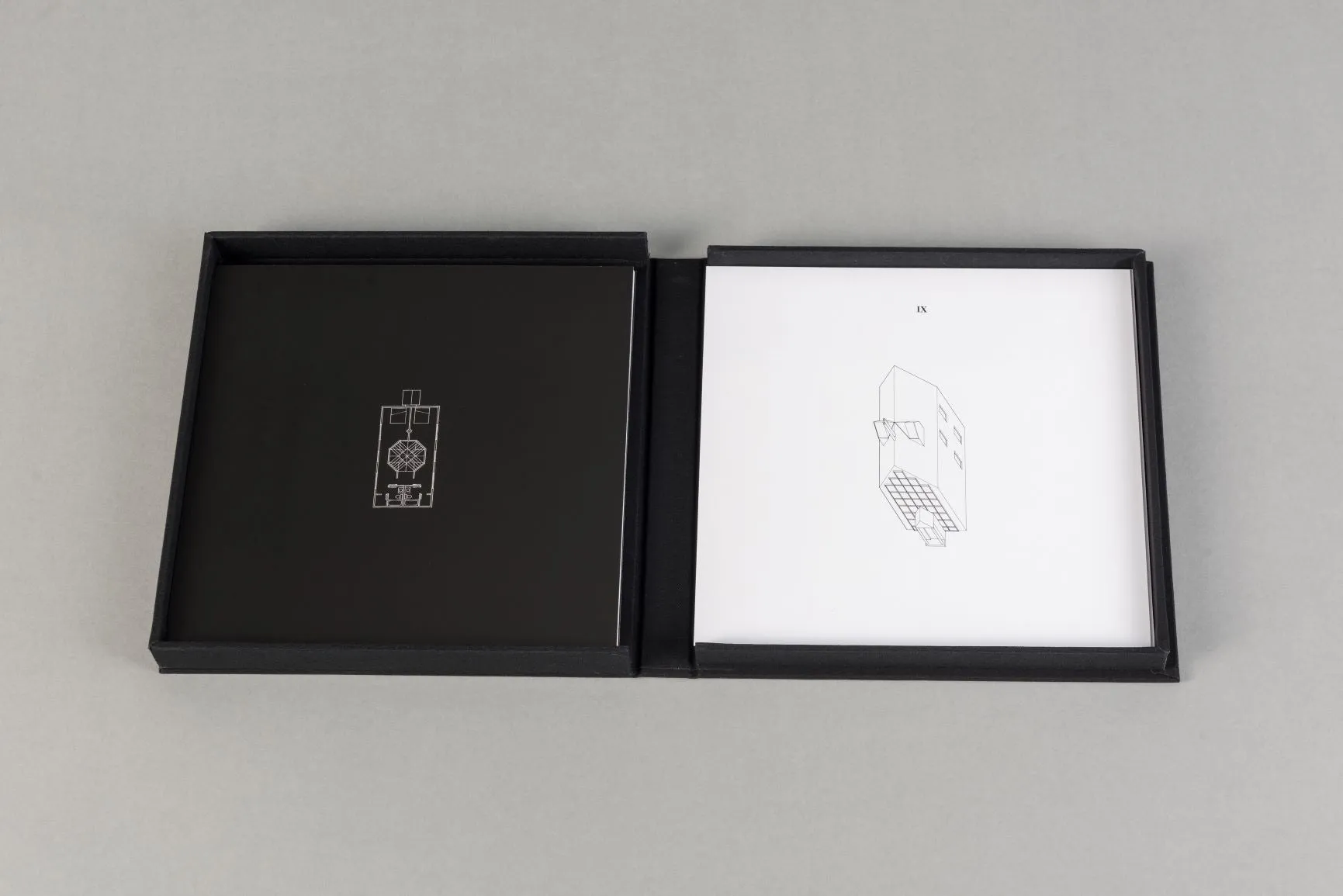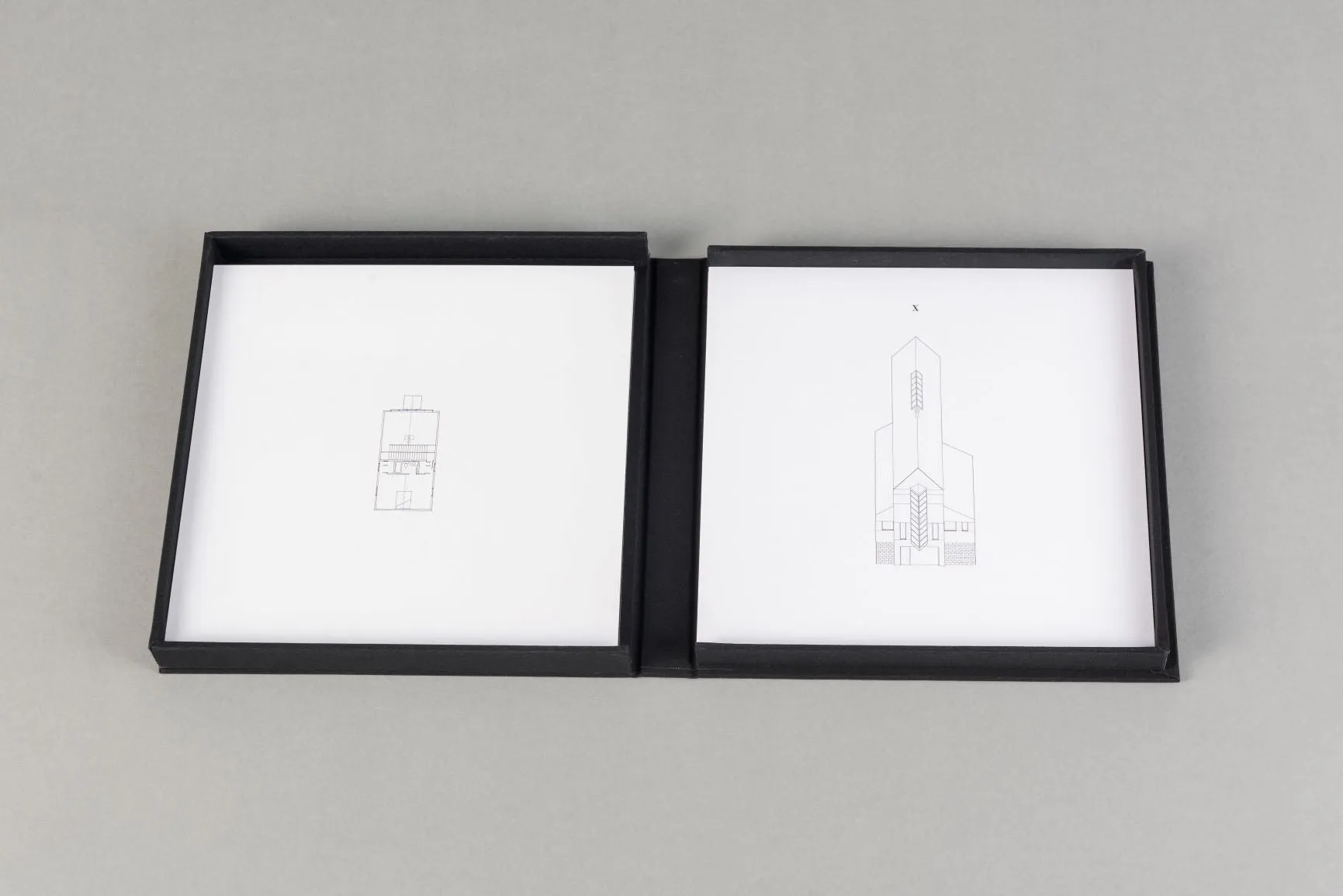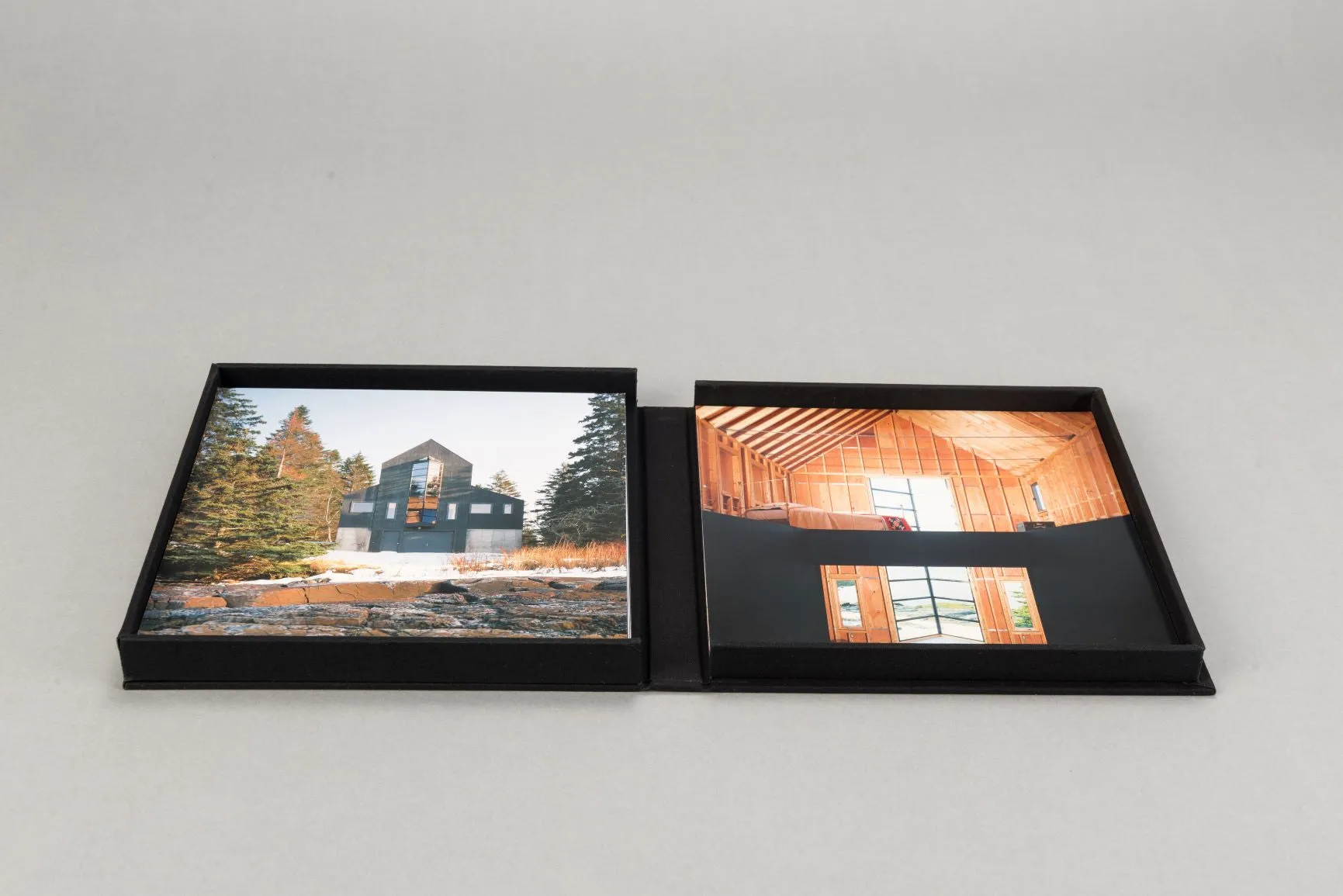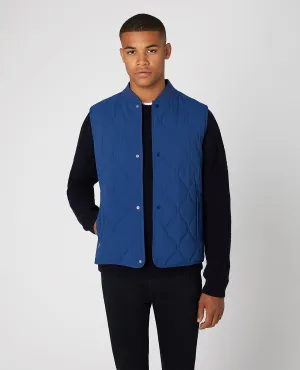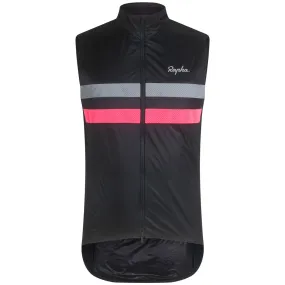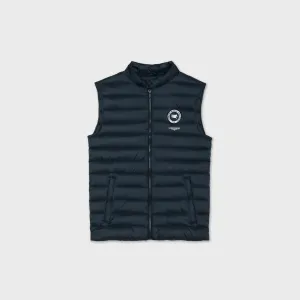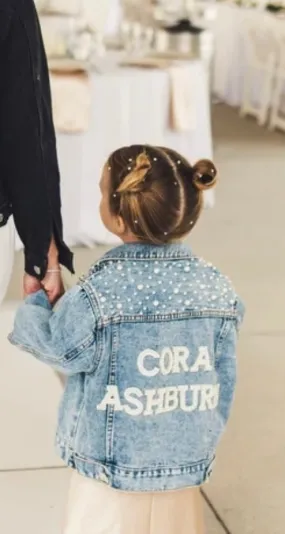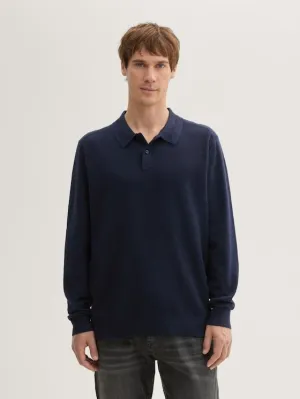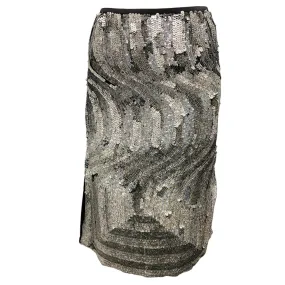Edited by Oscar Riera Ojeda
In the early 1980s, in response to the customary dearth of commissions for a young architect, Peter Forbes designed a series of prototypical buildings based on what a child might produce if asked to draw a house—a square building with a pitched roof and perhaps a chimney and ascending curl of smoke while a smiling sun beamed down from up above. This was a “house,” and Forbes believed that the farther a designer strayed from this subconscious model, the less of a house it became.
These houses were specifically designed to be affordable. They wouldn’t be expensive to build but would avoid the stigma associated with “cheap housing.” They were founded in principles of practicality and economy, using a 20 x 40-foot plan with dimensions influenced by the prevalence of readily available building materials that came in units of four feet. To this he added a 45-degree pitched roof, again designed to make use of readily available materials.
Forbes’ friend, the Italian designer Massimo Vignelli, seized upon the accessibility of these designs, describing them as “friendly houses,” buildings that welcomed and celebrated the idea of “house” without compromising on modernity. The use of the word “friendly” to describe objects is unique to the English language and these houses, with their simple geometries and pitched roofs, embody the idea perfectly. Vignelli created a book presenting a portfolio of these designs, which is now reprinted in this slim volume.
Friendly Houses
by Peter Forbes
Format: Square
Pages: 25
Language: English
Photographs: 4
Illustrations: 39
Edition/ISBN: Clamshell box (978-1-946226-49-5)

